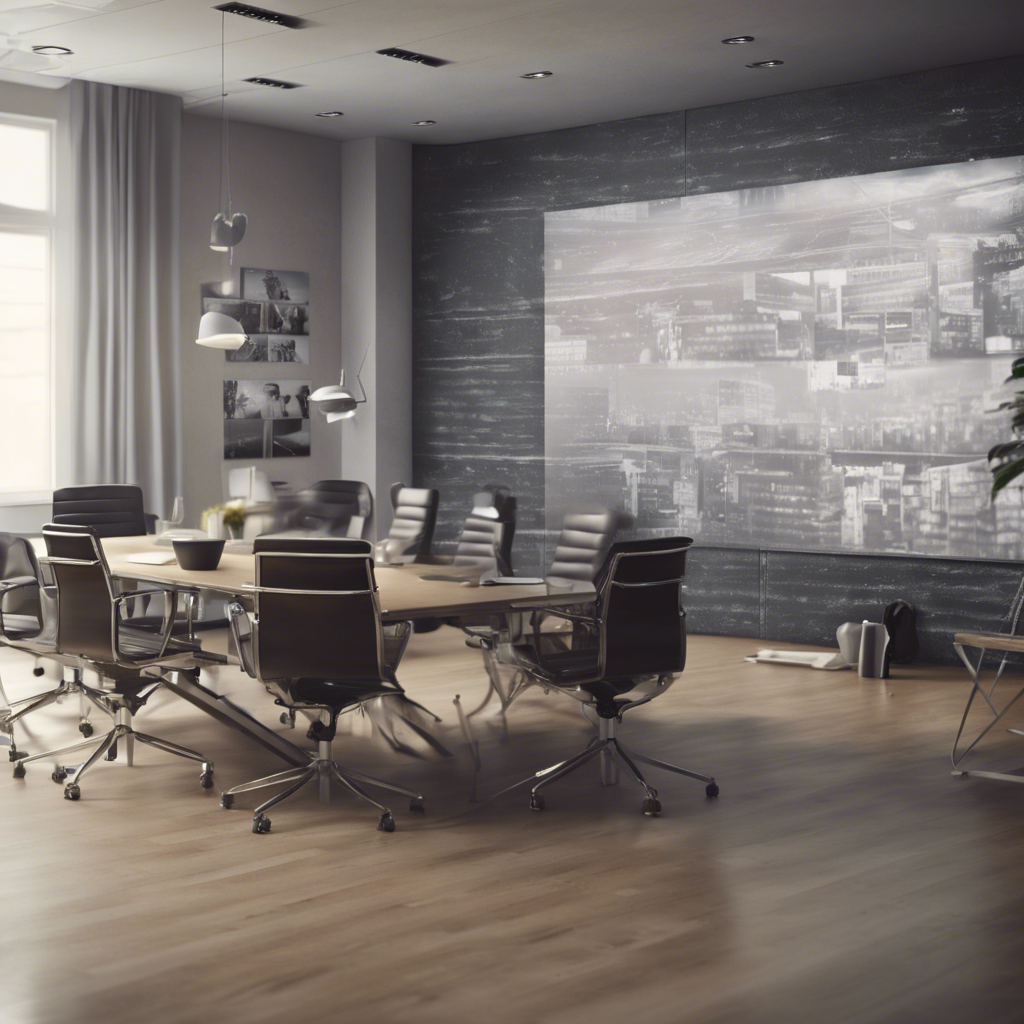Understanding the Variety: Exploring Different Types of Wallboard
- VINAWOOD GROUP
- Jul 14, 2024
- 3 min read
When it comes to construction and interior design projects, selecting the right materials is crucial. One essential element that often takes the spotlight is wallboard. Wallboard, commonly known as drywall or plasterboard, plays a fundamental role in shaping spaces and providing structural integrity to buildings. However, not all wallboards are created equal. In this comprehensive guide, we will dive into the world of wallboards, exploring the different types available, their unique characteristics, and the ideal scenarios for their usage.
> Read more: 1/8 inch plywood, 15/32 plywood, 19/32 plywood, 5x10 plywood
1. Gypsum Wallboard

Gypsum wallboard, also known as drywall, is one of the most commonly used wall materials in construction. It consists of a gypsum core sandwiched between layers of paper. This type of wallboard is prized for its affordability, ease of installation, and fire-resistant properties. Gypsum wallboard is suitable for most indoor applications and provides a smooth surface for painting and finishing.
> Get more details: pine plywood, ac plywood, bamboo plywood, bendable plywood,poplar plywood
2. Cement Board
Cement board is a durable and moisture-resistant wallboard option that is often used in areas prone to high humidity, such as bathrooms, kitchens, and outdoor applications. Made from a combination of cement and reinforcing fibers, cement board offers excellent resistance to mold, mildew, and water damage. Its sturdiness makes it ideal for supporting heavy wall tiles and stone veneers.
3. Blueboard
Blueboard, as the name suggests, is a specialized type of wallboard designed for plastering applications. It features a blue-colored paper covering that distinguishes it from traditional drywall. Blueboard has a higher absorption capacity, making it suitable for plaster finishes that require hydration during the curing process. This type of wallboard is commonly used in decorative plastering projects.
> Discover more: burnt plywood floor, plywood edge banding, plywood garage walls, plywood kitchen cabinets
4. Soundproof Wallboard
For spaces where noise control is essential, soundproof wallboard comes to the rescue. This type of wallboard is designed with special materials that enhance sound insulation properties, reducing the transmission of noise between rooms. Soundproof wallboards are often used in residential settings, music studios, offices, and other environments where privacy and acoustics are priorities.
5. Fire-Resistant Wallboard
Fire-resistant wallboard, also known as Type X drywall, is engineered to provide increased protection against fire hazards. It contains additives that enhance its fire-retardant capabilities, making it an excellent choice for areas where fire safety is a top concern. Fire-resistant wallboards are commonly used in commercial buildings, multifamily residences, and structures where building codes require enhanced fire protection measures.
> Explore further: hdo vs mdo plywood, tongue and groove plywood, walnut plywood, white oak plywood
In Conclusion
Choosing the right type of wallboard is a critical decision that can impact the functionality, aesthetics, and safety of a building. By understanding the unique characteristics of different wallboard options, professionals in the construction and design industries can make informed choices that align with the specific requirements of each project. Whether it's gypsum wallboard for cost-effective solutions, cement board for moisture-prone areas, or specialized options like blueboard, soundproof, or fire-resistant wallboards, the diversity of choices ensures that there is a suitable option for every application.
Next time you embark on a construction or renovation project, consider the role that wallboard plays in shaping the spaces we inhabit. With the right knowledge and expertise, you can leverage the variety of wallboard types available to create environments that are not only visually appealing but also functional and safe.
Remember, the foundation of a great building starts with selecting the right wallboard!
> Learn more:



Comments